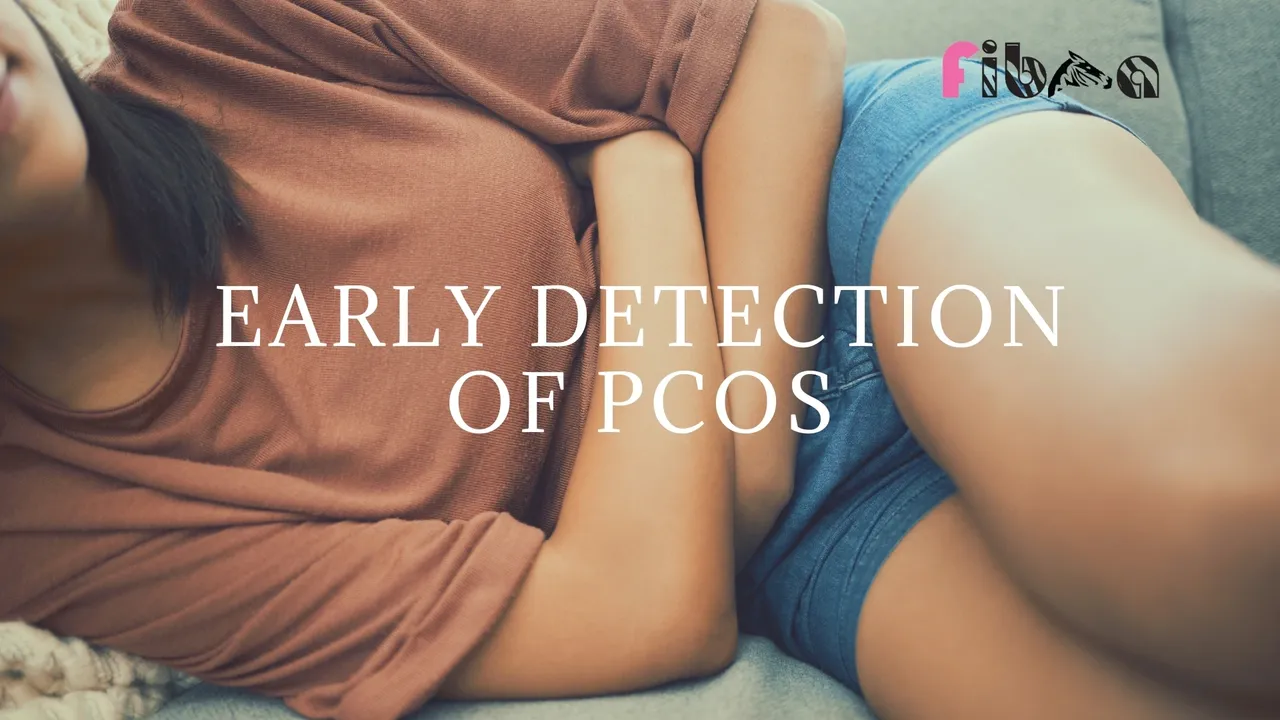Fibra™ Updates: Cutting-Edge Technology Meets Women’s Health

Edited by Louis Guarino
September is PCOS awareness month. It is a common misconception that PCOS is a rare disorder. It is one of the leading causes of female fertility issues, affecting about 6% to 12% of women of childbearing age₁.
Polycystic Ovary Syndrome (PCOS) is a condition where women produce high amounts of the male hormone androgen, impacting ovulation. With PCOS, you may have longer menstrual cycles, or you may not get your period very often. You may also develop small fluid-filled sacs, called cysts, that develop on the outside of the ovaries₂.
PCOS can develop as early as your first period, but it is difficult to get a diagnosis. There is a lack of education surrounding women’s menstrual cycles, and young girls are made to feel as though their periods are something “dirty” or “embarrassing” that they shouldn’t speak about. The symptoms of PCOS, such as acne, changes in weight, body hair, and irregular periods, are also normal for young girls going through puberty₃. Since these symptoms are not exclusive to PCOS, it is very difficult to diagnose early on.
PCOS is usually diagnosed later in life when it becomes more severe. It is important to diagnose PCOS early on to prevent long-term complications such as obesity, diabetes, and fertility issues₄. PCOS is diagnosed when you have at least two of the following symptoms:
How can we effectively diagnose PCOS in adolescence?
First and foremost, there needs to be better education surrounding reproductive health. Adolescent girls are unaware that their painful periods may not be normal and they are a sign that something isn’t right. Many girls are unaware that PCOS is diagnosed by a combination of the above factors, so they do not acknowledge it when signs or symptoms show up, dismissing it as normal₆. Since we can’t fix the education system with one article, let’s look at other ways PCOS can be detected early on.
There are subtle differences between normal puberty and early signs of PCOS. For example, it is normal for girls to have irregular periods after their first period. What may be concerning is if two years after the first period, cycles are longer than 45 days or if cycles are shorter than 21 days, accompanied by heavy bleeding. Body hair growth is also normal during puberty, but thicker hair growth on the face, back, and legs may be an early sign of PCOS₇.
Acne is another normal – yet annoying – part of puberty. PCOS-related acne is caused by a hormone imbalance and can be excessive. PCOS acne forms on the jaw and lower cheeks, and possibly the back and chest. When acne is caused by a hormonal imbalance, flare-ups usually occur about a week or two before menstruation₈₅.
PCOS is difficult to diagnose. Many women aren’t diagnosed with PCOS until they have experienced fertility issues. Early adolescent signs of PCOS can be confused with normal signs of puberty, making it difficult to diagnose. If you are concerned about your reproductive health, or the reproductive health of a family member or friend, reach out to your doctor to get the treatment you deserve.
The main takeaway is you know your body best. If you are experiencing things that aren’t normal for you, it is best to contact your doctor.
References
₁ PCOS (polycystic ovary syndrome) and diabetes. Centers for Disease Control and Prevention. December 30,
2022. Accessed September 18, 2023. https://www.cdc.gov/diabetes/basics/pcos.html.
₂ Polycystic ovary syndrome (PCOS). Mayo Clinic. September 8, 2022. Accessed September 18, 2023.
₃ ₄ ₆ ₇ Kurapati K, Kurapati S. PCOS early detection system. PCOS Early Detection System. Accessed September
18, 2023. https://scholar.harvard.edu/cvt/pcos-early-detection-system.
₅ Diagnosing polycystic ovary syndrome. Patient Care at NYU Langone Health. Accessed September 18, 2023.
https://nyulangone.org/conditions/polycystic-ovary-syndrome/diagnosis.
₈ 1. Ewan L. Does PCOS Cause Acne? Health Central. January 17, 2023. Accessed September 25, 2023.
https://www.healthcentral.com/condition/polycystic-ovary-syndrome-pcos/pcos-acne .

We do this for ourselves, our mothers, grandmothers, sisters, daughters, and granddaughters—because every woman deserves the tools to understand and care for her body with confidence. Together, we’re building a healthier, more informed future for generations to come.
© 2024 Fibra Inc.Ca.com, All Rights Reserved
Developed & Design by WebHEQ